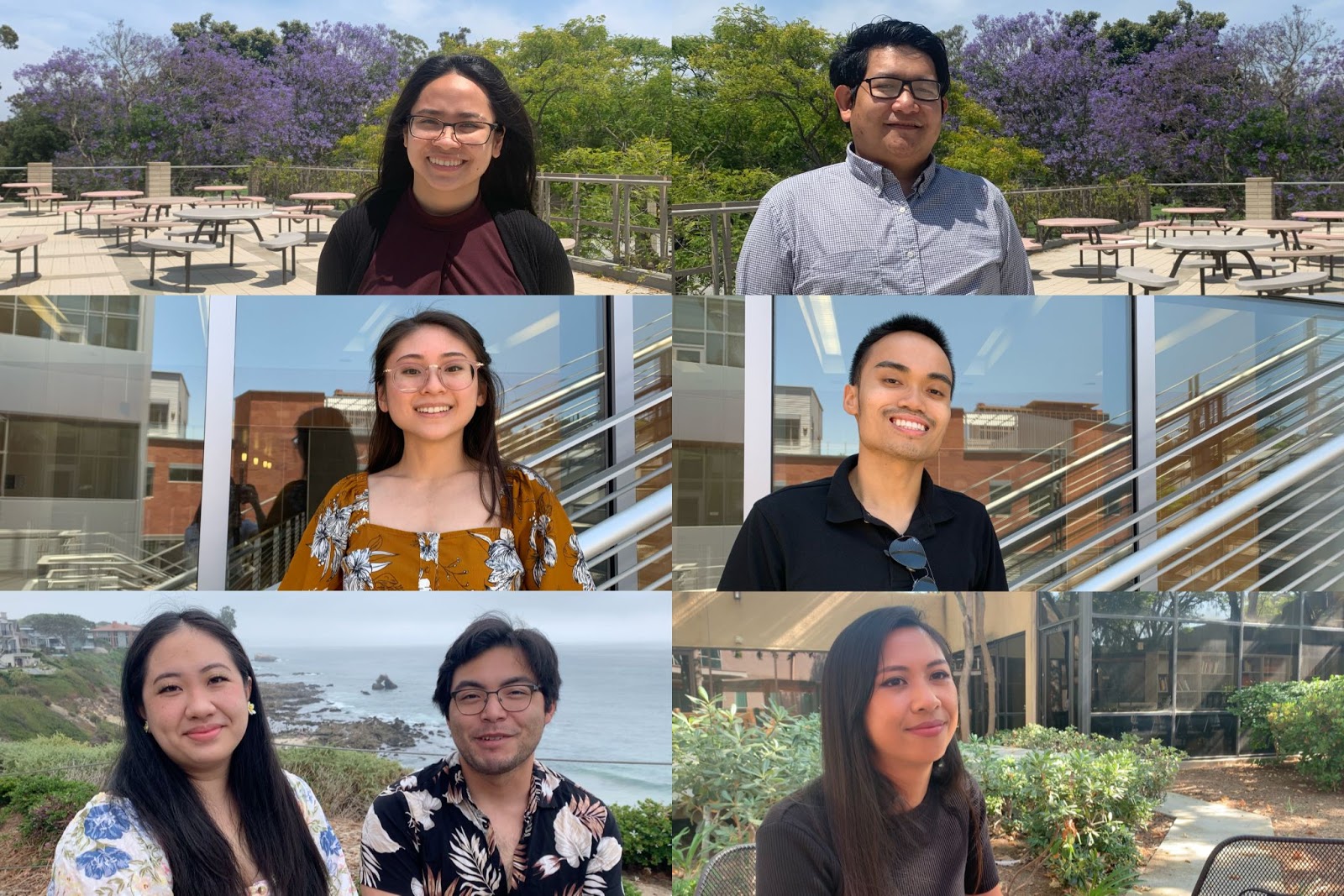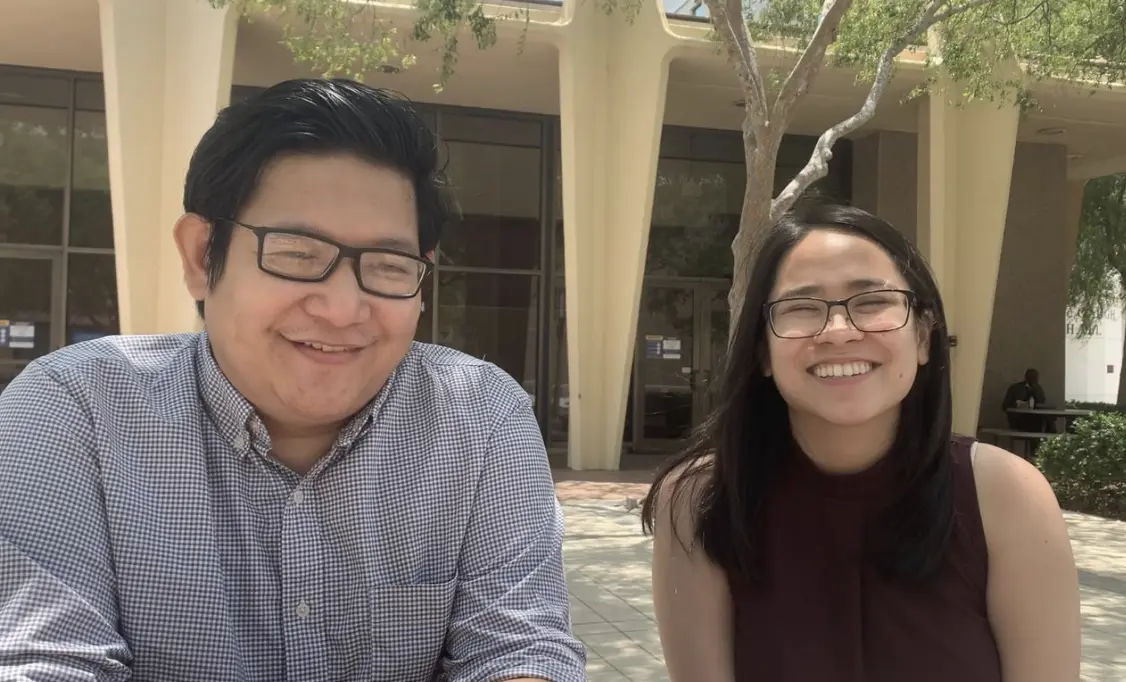
In January 2020, I flew to the United States to pursue my undergraduate studies. One of the reasons why I chose to study in the U.S. is its prominent research environment. Here, students can participate in research and work at research labs while in college. Back in the Philippines, undergraduate research was unheard of or at least not as common as it is here in the U.S.
When everything shut down in March 2020 due to the COVID-19 outbreak, I felt lost and alone. I didn't know if I was still on the right track. I am the first in my family to pursue science so no one can really offer me advice. Then I wondered: Am I the only one who feels this way? Are there others who would be able to relate to me?
That’s when I stumbled upon PinoyScientists, an initiative that allows Filipino scientists to share their journey and shows them how one can navigate the scientific field. I also found a community and support system in AFSA (Association of Filipino Scientists in America). I realized how much representation matters.
Michael De Guzman, a Filipino PhD student, put my feelings into words. He said, “Every time I see someone like me, achieving what I really want to do, it's just very inspiring. If they can do it, I can do it too. It shows that you're never alone in this world.” I wanted to amplify our voices and show the world that we exist. Maybe in that way, our stories will reach other minority scientists and will serve as a way to increase diversity in the field. That’s what gave birth to this project.
While conducting interviews with Filipino-American graduate students in California, I also had the opportunity to speak with two Filipino professors at UC Irvine: Dr. Maxx Arguilla and Dr. Herdeline (Digs) Ardoña. Both professors were born and raised in the Philippines and came to the U.S. as international students. During our interview, we talked about their educational journey, the challenges they faced as international students, and the status of STEM research and education in the Philippines. Dr. Digs and Dr. Maxx also shared their advice with aspiring and fellow scientists.
Precious Castillo: Please tell us about yourself as a scientist and a little bit about your educational background.
Dr. Maxx Arguilla: I am Maxx Arguilla. I am a solid-state and inorganic chemist. I did my undergraduate degree in chemistry at the University of the Philippines (UP) Diliman. Then, I moved to The Ohio State University to do my PhD in inorganic chemistry. After that, I transitioned to the Massachusetts Institute of Technology where I worked as a postdoc.
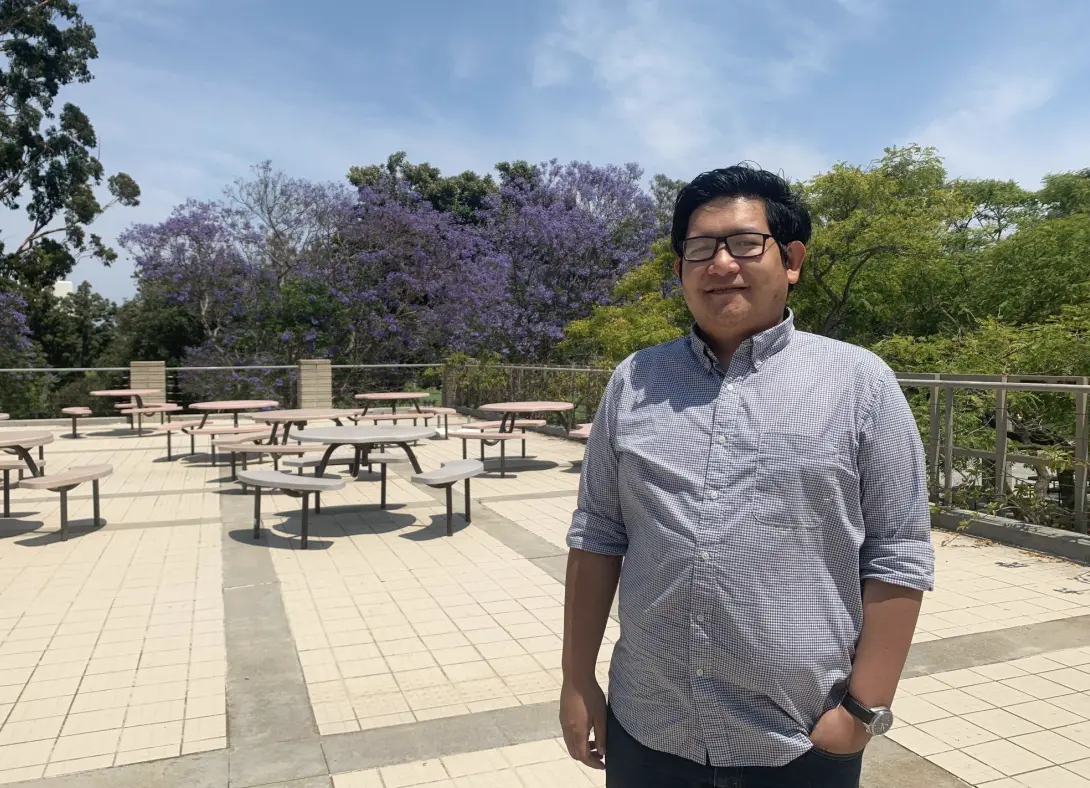
Dr. Herdeline (Digs) Ardoña: I'm Herdeline Ardoña. I go by Digs. Like Maxx, I was also a chemistry major at UP Diliman. Then, I went to Johns Hopkins for a PhD in chemistry. I worked as a postdoctoral researcher at the Wyss Institute at Harvard University.
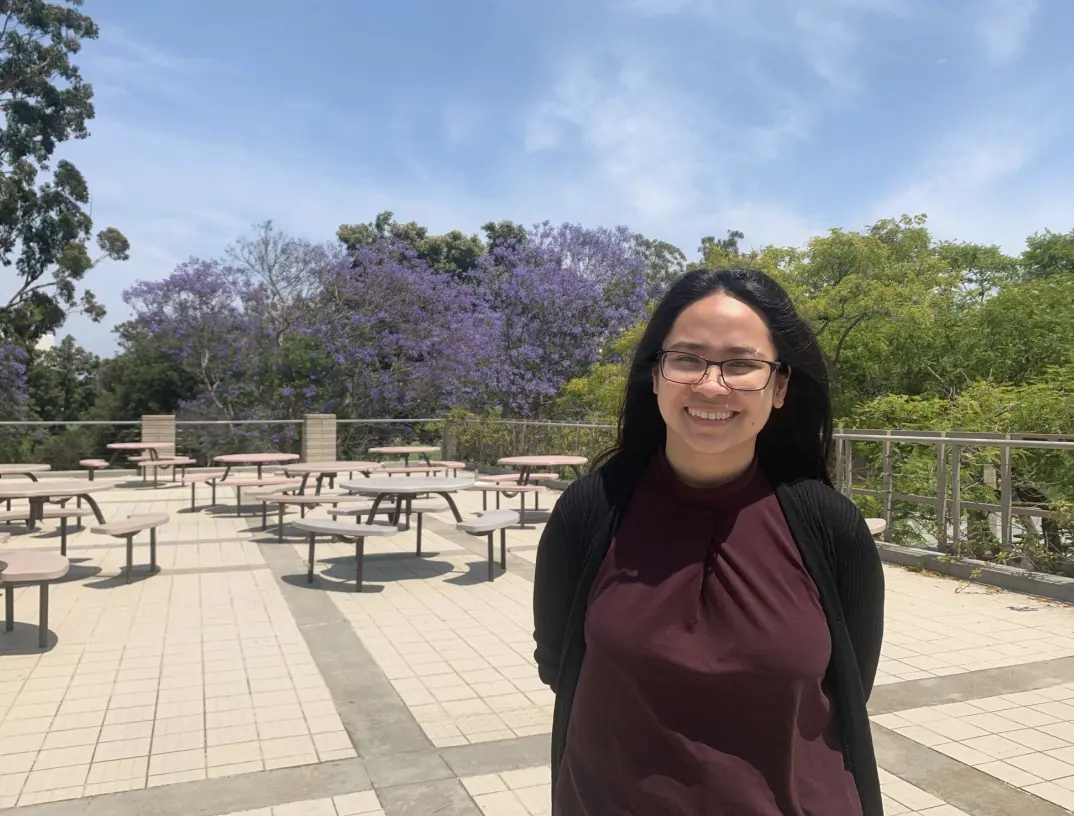
PC: How did you end up choosing a career in science?
MA: Both of my parents are medical doctors, so I was exposed to what they do. However, as I grew up, I became more interested in physical matter and solid materials—from how they are synthesized to their properties as they transform from the bulk to the nanoscale.
HA: My grandmother is a chemical engineer. So growing up, it was very nice to see a female engineer. When I was picking a college major, I was deciding between chemistry and chemical engineering. I eventually chose chemistry because I initially wanted to pursue medicine and chemistry is a common major for pre-meds. But later on, after doing research as an undergrad, I realized that I really, really like research. That’s how I ended up choosing a career in science.
PC: Dr. Digs, you mentioned that you majored in chemistry because you were planning on going to medical school, but that changed after doing research as an undergraduate student. Is undergraduate research common in the Philippines? What is it like to be a scientist in the Philippines?
HA: The experience is different based on your major and also based on what university you're at. I can talk about my experience at the Institute of Chemistry at the University of the Philippines Diliman.
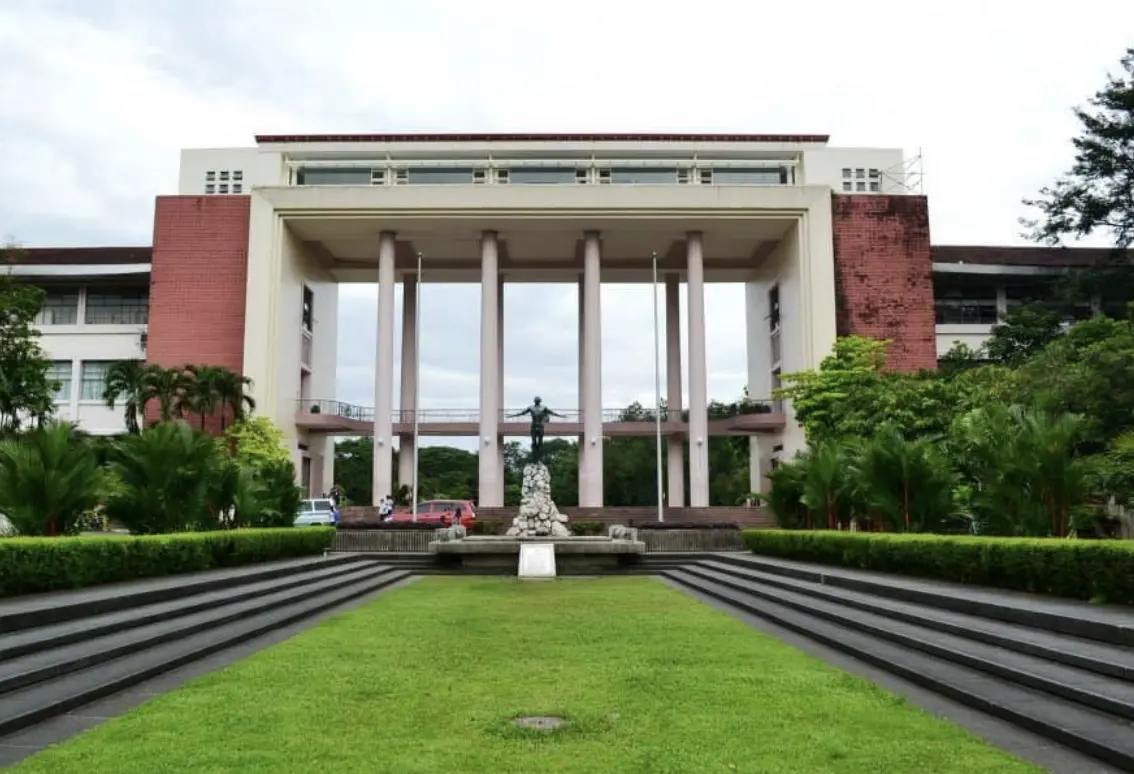
The first possible exposure to research is during your internship after your third year as an undergrad. Typically, you're assigned to a company. In the Philippines, the priority is more on the industry side… It was not an expectation for you to go to academic labs.
Because of the lack of resources back home, there are limitations as to what type of research we could do. For example, back then, we did not have an NMR (Nuclear Magnetic Resonance) which is common equipment and is very fundamental to be able to do synthetic research. We even had to send some of our samples abroad to do the characterization. Regardless, we had mentors who were creative and dedicated to teaching the undergrads, even with the limited resources that we had. So we had some research experience, but of course, it's not the same as the resources and the experience that are given to undergraduate students here in the U.S. and possibly in other countries.
MA: I would add that the resourcefulness and the resiliency of Filipinos drove us to come up with alternative solutions to the problem. So, that is one of the aspects that we found, in a way, developed us into, in my opinion, better scientists.
HA: Yes, because they were helpful when we came here. We could make it work even with certain limitations.
MA: Exactly. I would even say that back in the Philippines, there was a good fundamental background and framework which enabled us to solve different problems. Even with the limited resources, students in the Philippines can still come up with publishable work for international peer-reviewed journals. I would say the lack of support and funding is the main challenge, but the talent is there, the science is there, the fundamental background is there. There's a lot of potential, and it's getting better. It has gotten way better since we were there back in 2012.
HA: Just going back to Maxx's comments about the limited resources, we are both citing that this kind of situation has led the scientists to become more resilient and more creative, but I want to clarify that this doesn't justify the lack of resources and funding. We are not romanticizing resilience. We would like to invite more people to support Filipino scientists in the Philippines because I think they are equally talented as scientists elsewhere. I also think they could contribute more to the global scene, if only there were more resources.
PC: You mentioned that the scientific field in the Philippines has gotten better. How did it get better?
HA: One concrete change that I can cite is the arrival of new professors who were trained abroad and joined the faculty of chemistry [at UP Diliman]. They seem to have brought a lot of research activity and more energy to the department.
I would say the lack of support and funding is the main challenge, but the talent is there, the science is there, the fundamental background is there. There's a lot of potential, and it's getting better.
PC: Do most Filipino scientists from the Philippines go abroad? Why?
HA: First, I just want to mention that we’re not implying that the foreign-trained scientists are better than the local trained scientists. The local trained scientists have a different perspective because they know more about the science that needs to be done in the country... So along with that, the foreign-trained scientists also bring in a different perspective. In science, diversity brings more productivity and more creativity. So, those are the benefits that the foreign-trained scientists have brought to the institute—they brought more diversity.
MA: Yes, many Filipino scientists go abroad for further training. For me, the interest in going to the U.S. for graduate studies roots back in my fascination with nanoscale materials. Yes, some reasons for pursuing graduate studies abroad are the lack of funding and the lack of instrumentation, but it’s also because of the nature of my field. My field is an emergent field that has only developed in the past 25 years, and part of it started in the U.S. So I wanted to gain more research experience in this new field, and to see what's out there—how I can contribute to it and how I can learn from it?
PC: Can you tell us about your journey to the U.S.? Were there any challenges that you faced?
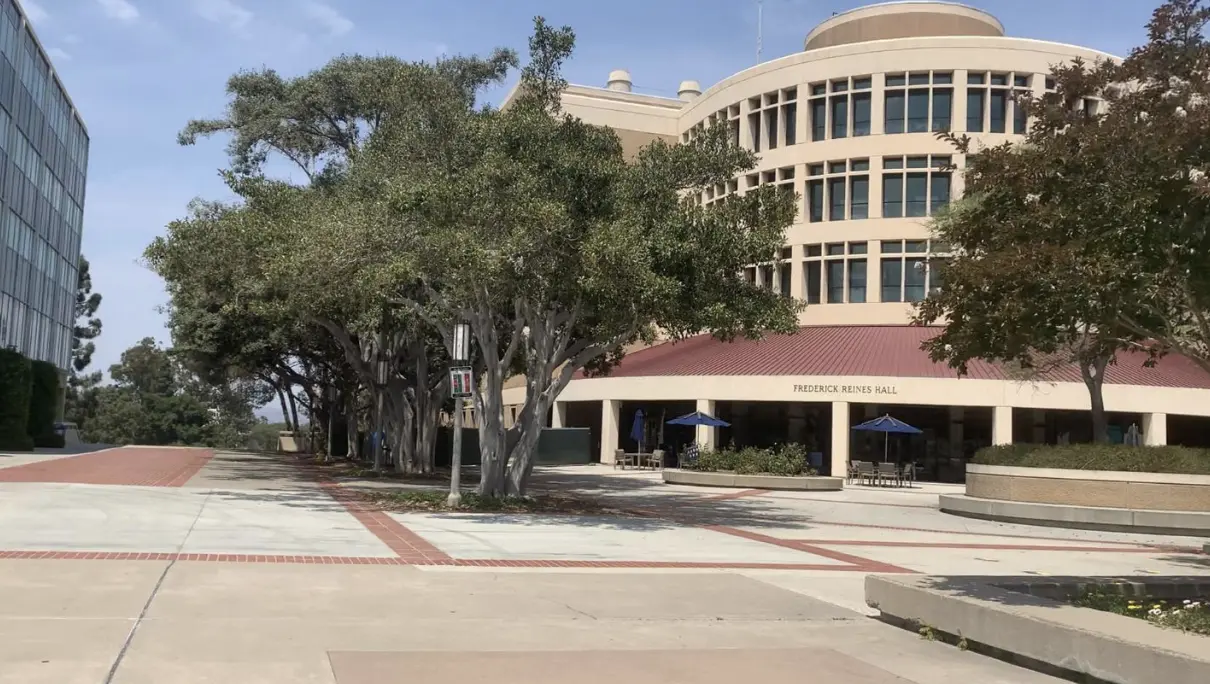
MA: Applying to U.S. grad schools costs a lot of money. You would have to pay application fees for every university you apply to and you would have to pay for standardized exams... There was also a lack of information back then. There weren’t a lot of undergrad students pursuing grad school. There was no database or information that was available to undergrads who are interested in applying to grad school.
HA: To add to that, most students think that you cannot apply for a PhD program because you need to do your master’s. So, there’s also a lack of understanding. Also, not a lot of people know that you don't need to pay for your own “tuition” to pursue a PhD program. They don’t know that there’s a stipend. So, without knowing that, a lot of students get discouraged from pursuing graduate studies.
MA: On top of that, it was also a challenge putting together the application packet, which requires a lot of preparation.
HA: We didn’t know what a good application looked like.
MA: And no one could give us advice on what a good application should look like. The odds were really stacked against Filipino students back then. We also noticed that there were very few undergrads from the Philippines who went and applied to U.S. grad schools back then compared to other international students from other countries.
In science, diversity brings more productivity and more creativity.
HA: That’s because there were streamlined processes and workshops available to international students from other countries. As early as or even after their freshman year, they can attend workshops where they’re taught what to do, how to build their CV, and how to gain research experiences for grad school. For example, here in the U.S., they have the REU (Research Experience for Undergraduates) programs. We don't have anything like that in the Philippines.
MA: It would have been really helpful if we had mentors back then, who could guide us through the process of applying to grad school. However, I’m happy to say that this is now changing. Maybe this is a good time to advertise GradMAP. So GradMAP is a mentorship program founded by Filipino graduate students, designed to help interested Filipino undergraduate students apply to graduate schools abroad—not just in the U.S. We are mentors in the GradMap program.
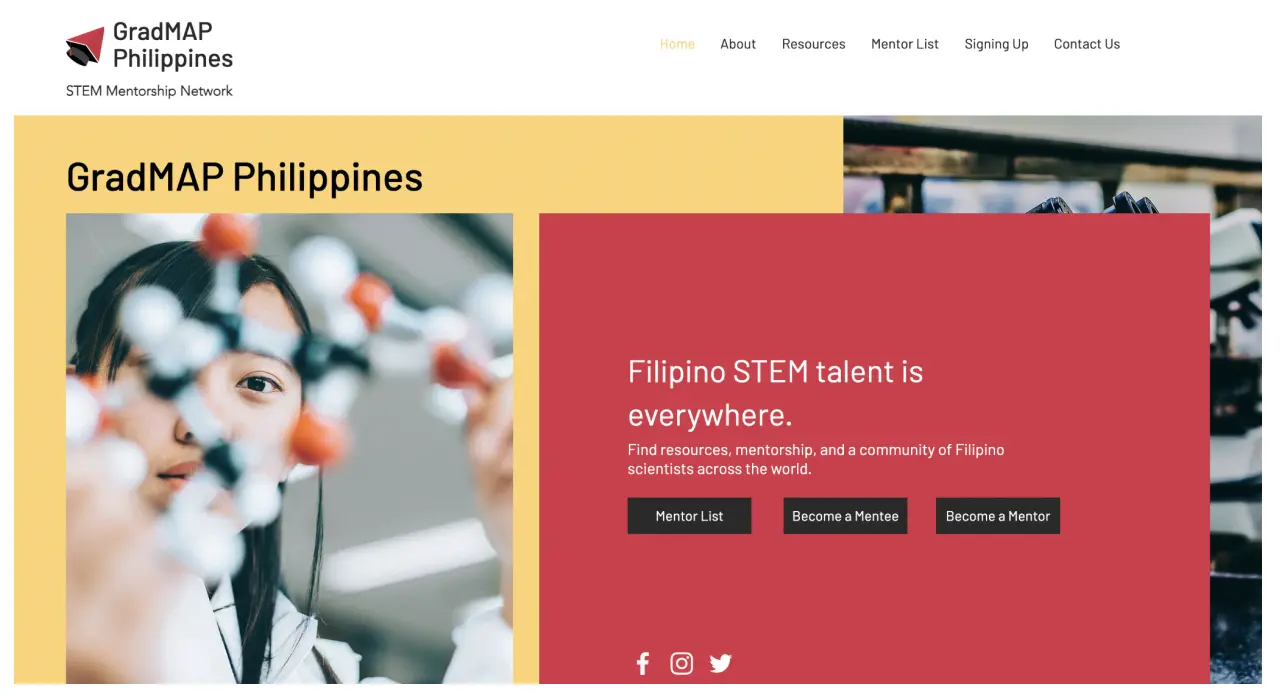
HA: Yes, and kudos to the graduate students who put their heads together and came up with this big network of mentorship.
MA: Having a chance to talk to someone who has gone through the process, that alone gives you a lot of information—what to do and what not to do. That alone would be a lot better than going at it without any information or any knowledge. I don't even recall how we pulled it off, but now it's getting better. There is a lot more information for Filipino scientists—not only GradMAP, but also PinoyScientists.
HA: Yes, GradMAP does a good job in directly providing the resources to students, but by just advertising that there are PhD students and Filipino scientists who are successful, which is what PinoyScientists is doing, that really brings a lot of awareness to other Filipinos.
PC: Yes, it shows them that science is also a career option.
HA: Exactly.
PC: Now I want to ask about your experiences here in the U.S. Did you face any kind of discrimination, or any other challenges while you're here?
HA: It was definitely hard to adjust. I think many international students can relate to that. It was our first time moving out of the country. That was very difficult because most Filipino families are very close with each other. In terms of discrimination, I wouldn't say explicitly. But as an international student, there's always an implicit bias. For example, assumptions about whether or not you have good writing skills or good communication skills, which are both important to be able to present your science.
MA: I would say, something good that happened was I got to interact with other international students and with American students. They got to learn about the Filipino culture, and I got to learn about theirs. I was lucky to be in groups that are diverse and are very supportive. Within your research groups, that is where the science happens. If you have that supportive environment, which I had, that made a lot of difference. I think it's getting better now with a lot of people becoming more aware of the importance of diversity and inclusion and the benefits of it as well.
PC: Why is diversity important in science?
HA: Like what Maxx said, your experience will be dependent on what type of environment you're in and that’s very important. If you’re a researcher and you are placed in an inclusive and supportive environment, you have a better sense of belonging. And the better sense of belonging you have, the higher the chances are of you excelling in that environment. I should also emphasize that when we talk about diversity, it's not just about the numbers—it shouldn't stop with the numbers. You should also make sure that you provide the right resources for people with different backgrounds for them to excel. I was fortunate to have been in generally inclusive, supportive, and welcoming environments. And that's also something that we strive to do in our own research labs. It was definitely helpful for us to have experienced being an international students.
PC: What advice would you give to Filipino scientists or aspiring scientists from minority backgrounds?
HA: Do not limit your aspirations to what you think is possible for people of the same background as you. You can always shatter ceilings. Do not be afraid to reach out and network, especially to the people that you can consider mentors or role models or even people who you can relate to, because behind scientists are people. We are also human beings.
When we talk about mentorship, we should also talk about sponsorship. The STEM pipeline is described as a leaky pipeline because every step of the way, there are some people who tend to be left behind for various reasons. So if you can, you should take the initiative and reach out to people who can potentially lift you up towards bigger career opportunities.
MA: To the future generation of scientists: science can get frustrating. The nature of the scientific method is a lot of failed experiments, repeated failed experiments, and only some of them will be working. So, when you find yourself in that moment where you’re frustrated, just always remember that time or that moment that sparked your curiosity in science. Think back to the reason why you're doing science and remind yourself why it's worth moving forward or why it's worth pursuing.
To the mentors of the future generation of scientists: like what Digs said, the STEM pipeline is a leaky one. My challenge to you is to spark students’ interest in science. The earlier we can spark that interest in science and that curiosity, the more scientists we will have in the future, who will continue the science that we have right now, explore even bigger endeavors, and address the emergent needs of humanity.


